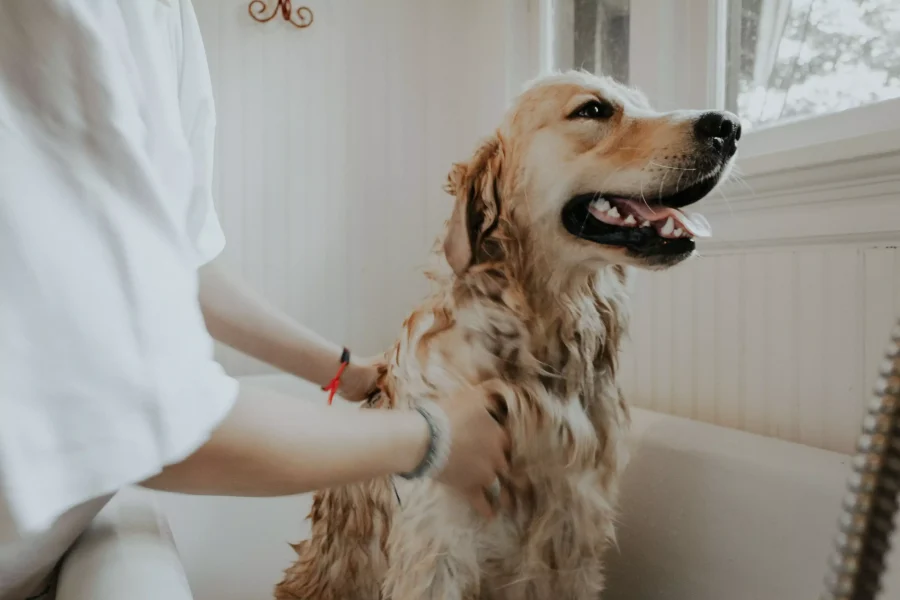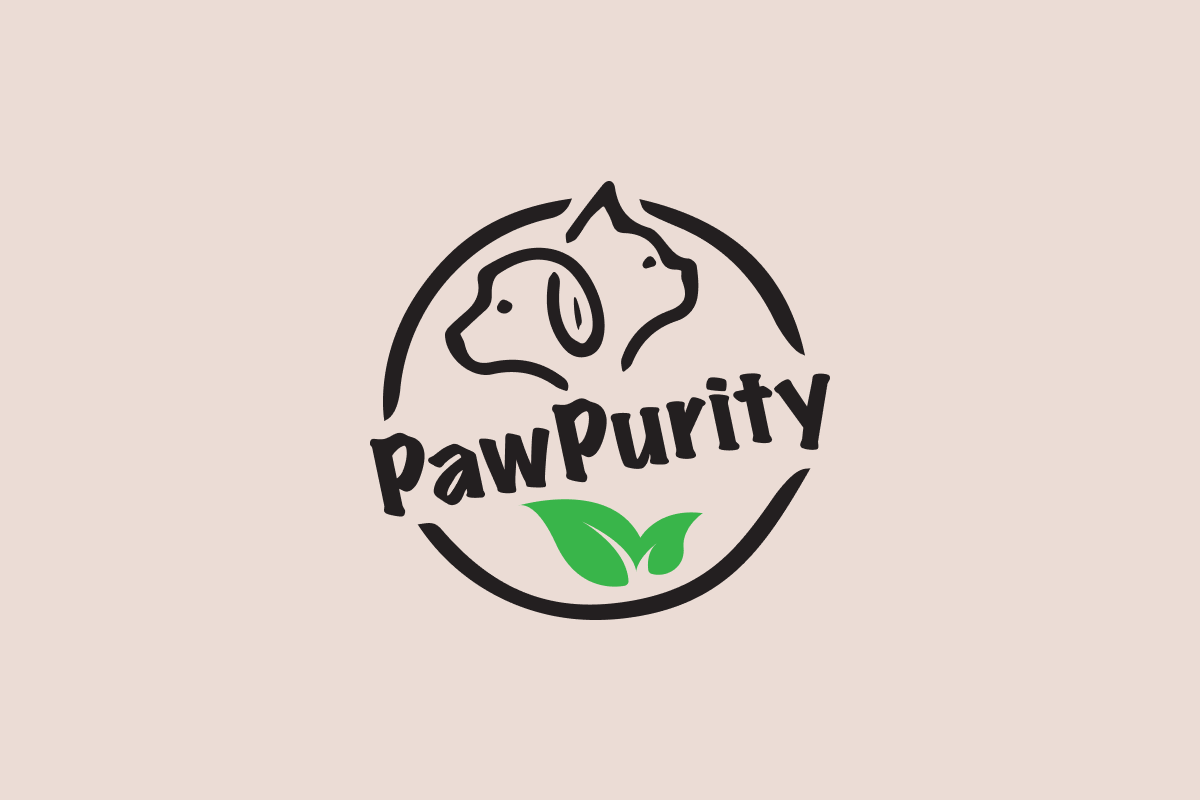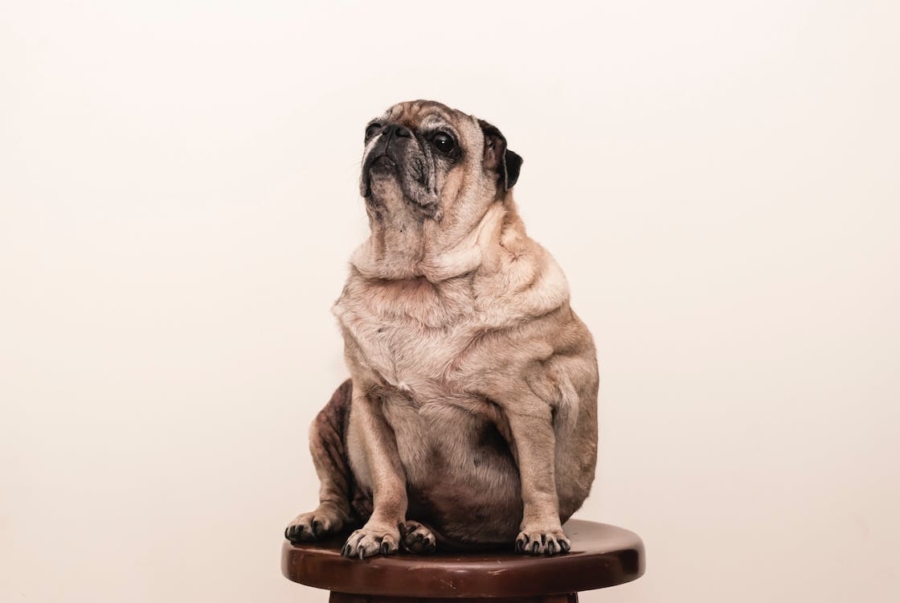Choosing The Best Pet Shampoo
If you knew the best pet shampoo, you would buy it if the price were reasonable right? So, what are you doing to determine which will make your pet’s skin and coat the cleanest, shiniest, and healthiest? This may take a little homework because manufacturers like to use words you don’t understand, but in the long run, it will save you a lot of money in vet bills for allergies, dry skin, dander, excessive licking, scratching, hot spots, and other skinissues.
Understanding Pet Shampoo Labels
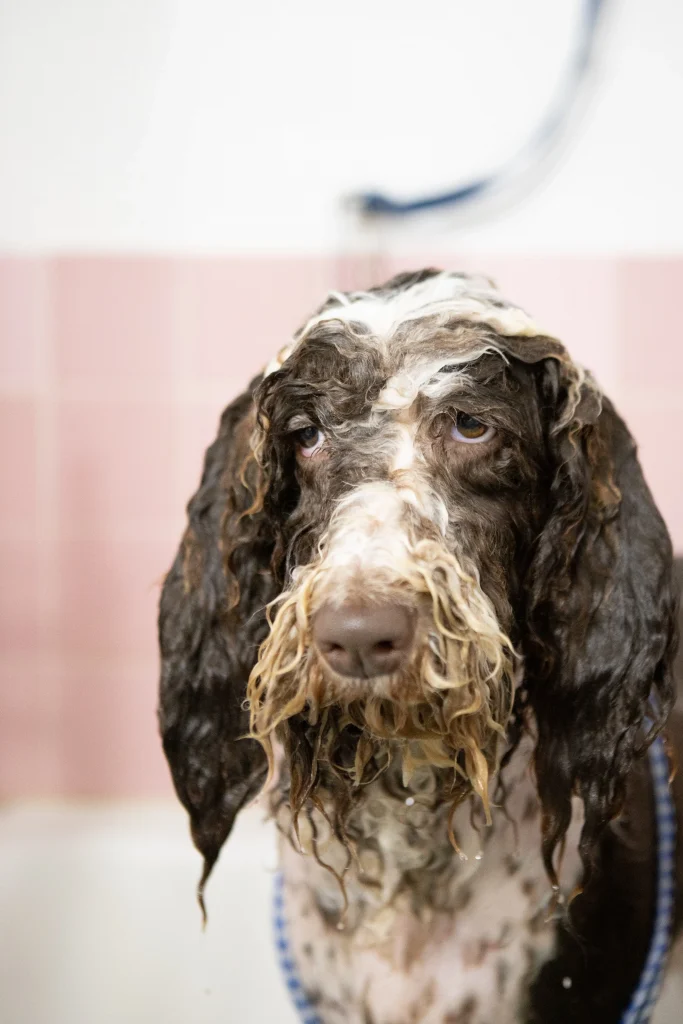
The first and most important action you can take to protect your animal from potentially toxic ingredients in pet shampoos is learn how to read labels so you know what you’re putting on your buddy’s skin. This is extremely important because dog’s and cat’s skin is their biggest organ. It is sensitive and needs to have a strong immunity defense to protect them from disease, virus, insects and all other elements of the environment. What goes on your cat’s or dog’s skin gets absorbed easily, so if you are not a label reader, you may consider becoming one.
How Pet Shampoo Manufacturers Cut Costs
Unfortunately, because of costs and easy access, many manufactures sometimes use questionable ingredients. Pet shampoo labels are confusing and often misleading. For example, formaldehyde is a preservative that is linked cancer. It’s been banned in Canada and Japan, but not in the US. Manufacturers like it because it’s cheap, easy to obtain and makes for a long shelf life. Since the FDA made labeling more stringent because of the many health issues it was causing, formaldehyde has been “reinvented” to be in “slow release” form.
Allergies from Pet Shampoo
People often complain that their dog has allergies, but one of the most widely used shampoo preservatives is isothiazolineone, which is synthesized through chemical reactions that can irritate a dog’s skin and result in allergic reactions.
Name Confusion
Many pet products contain parabens although they may be linked to increased estrogen levels. They are known to accumulate in a dog’s body posing potential health risks such as cancer and a disruption in estrogen levels. Parabens on labels are listed as ethyl paraben, propylparaben, butylparaben or methylparaben—clearly mystifying purchasers.
“She Smells So Pretty Though”
Everyone wants their pet to smell pretty, but artificial fragrance is not the answer. Artificial fragrance is a dangerously misleading term used to disguise hundreds of harmful toxic chemical ingredients in pet shampoos. One of the dangers in using products containing artificial fragrances is many are made of petrochemicals from crude oil–a highly toxic substance.
Also, pet shampoos often include phthalates, one of the most commonly used artificial fragrance ingredients. It is known for disrupting the hormonal balance in dogs. Unfortunately, many of these artificial fragrances contain chemical structures akin to pesticides. They may potentially slowly poison your dog.
“A 1986 report by the National Academy of Sciences noted that 95 percent of chemicals used in synthetic fragrances are derived from petroleum, basically crude oil and include benzene derivatives (carcinogenic), aldehydes, toluene, and many other known toxic chemicals linked to cancer, birth defects, central nervous system.”
National Academy of sciences
Is All Natural Pet Shampoo Better?
PawPurity gets many calls asking “what is the best pet shampoo” that we have come to learn how lost people feel when selecting their product. It is worth your time to learn about what’s in the product you are using on your pet’s skin. You’ve heard this before, but if you cannot pronounce the ingredient or know from where it is derived and really understand what good (or bad) it’s doing to your pet’s skin and coat, think twice about putting it in your cart. The priority is to keep your cat’s and dog’s skin, coat and paws clean and healthy.If you ever smell or pet a cat or dog that uses nothing but natural products, you will tell the difference right away.

Lisa Porter, PawPurity Owner and Avid Animal Lover
MY PERSONAL STORY
Several years back, I had three dogs and lived in California where fleas and ticks are prevalent. Every time I applied spot-on flea and tick repellent, all of them would hide. It became evident that the pesticides were causing them to feel ill. When my King Charles, Zoey, passed at the age of seven from what the vet claimed to be from poison, I knew something had to be done. As a long-time herbalist, I decided to create PawPurity Flea & Tick Shampoo for Dogs and Cats and PawPurity Flea & Tick Spray for Dogs. These plant-based products contain over 26 natural repellents and are dedicated to keeping pets safe.
Compare Labels. We Double Doggy Dare You!
Here is a sample of one of our shampoos. What’s in yours?
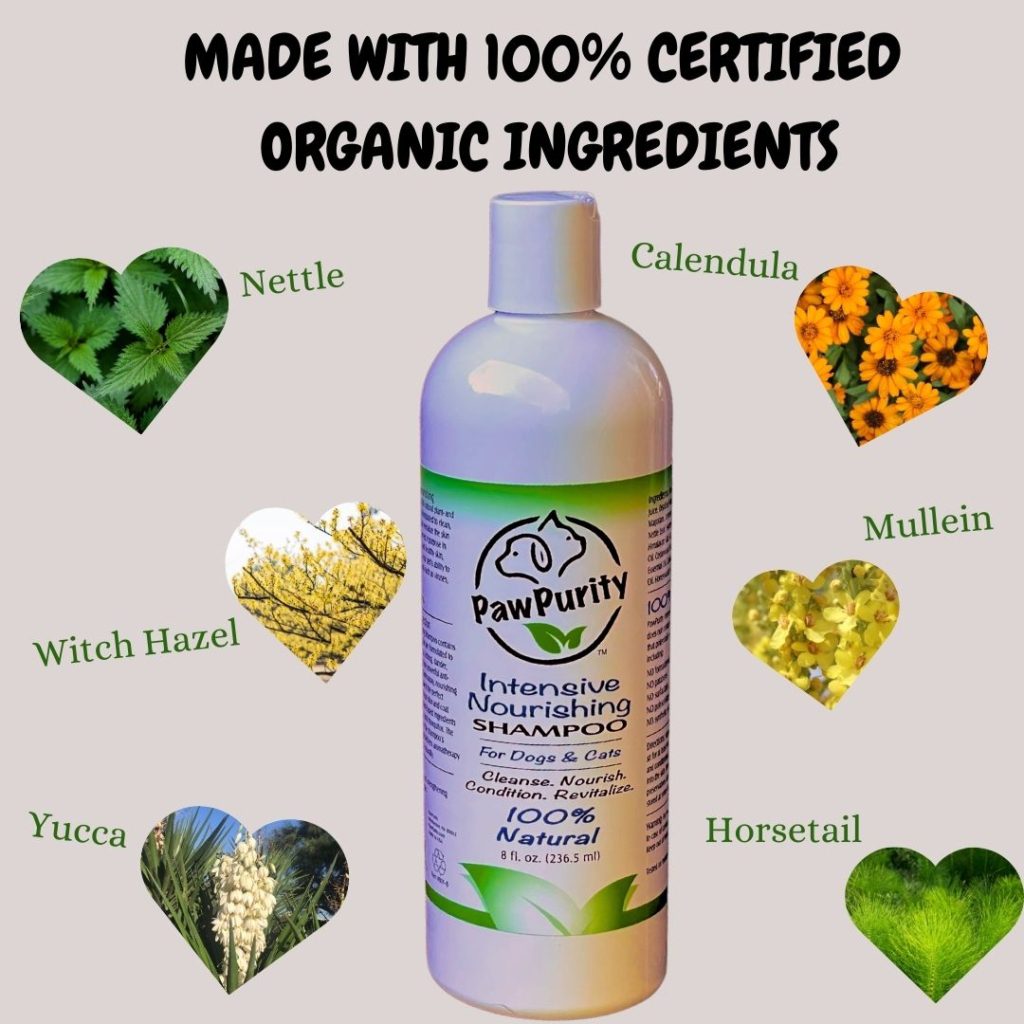
Be Aware of Pet Shampoos
It pays to do your homework to keep your pet’s skin and coat healthy. Be aware of what are toxic ingredients used in pet shampoos, what to avoid and what is good to keep your pet’s oils balanced and coat as healthy as possible.





